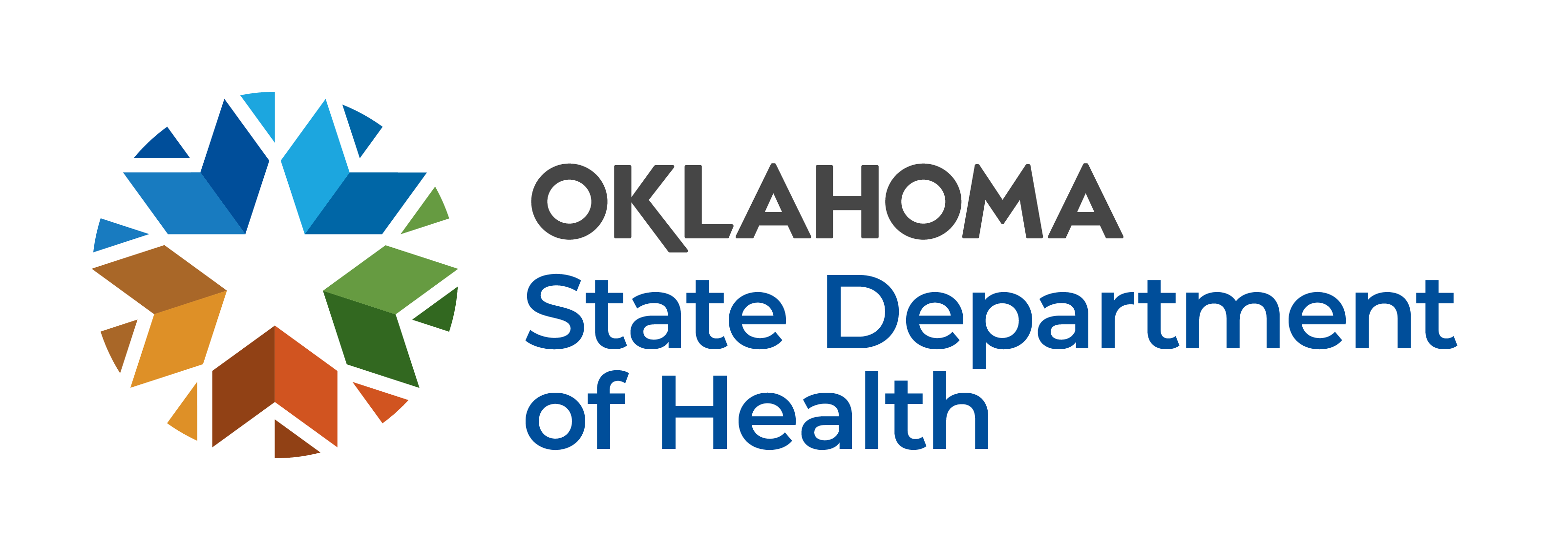Draft - Trauma Division
Trauma is an injury or injuries, caused by an external force or violence. Trauma injuries may range from minor to severe, from obvious to non-apparent and may include single or multiple injuries. Traumatic injury*:
- Leading cause of death between the ages of 1-44 in the United States*.
- Third leading cause of death between ages of 45-64*.
- Leading cause of Years of Potential Life Lost before age 65*.
- Overall injury mortality rate in Oklahoma is 29% higher than the national average.
*Based on 2022 data from WISQARS, Centers for Disease Control.
Contact Information
Mailing Address:
Oklahoma State Department of Health
Emergency Medical Services (EMS)
123 Robert S. Kerr Ave, Ste. 1702
Oklahoma City, OK 73102-6406
Physical Address:
Oklahoma State Department of Health
Emergency Medical Services (EMS)
123 Robert S. Kerr Ave
Oklahoma City, OK
Phone: (405) 426-8480
Fax: (405) 900-7560 or 4059007560@Xmedius.com (using email)
Email: Esystems@health.ok.gov


